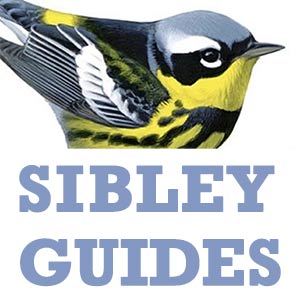If you’ve followed any of the discussions about identifying Red Crossbill call types, you may have given up on taking an active role in crossbill study, thinking that it would require thousands of dollars worth of recording equipment and computer software. Well, that is simply wrong. Most people can enter the field and start identifying crossbills for exactly $0.00, and with a relatively small investment of time.
Here is a recording that I made in Montana in August 2010, with calls of Red Crossbill Type 4: 20100823 142936 and here is a recording that includes both call types 2 and 4: T 2 4. The simple, downslurred call of Type 2 can be heard faintly throughout, with the sharper upslurred calls of Type 4 audible in the first half of the recording.
These recordings were made with my iPhone 3G, using only the built-in microphone and the included Voice Recorder app. No special equipment, no fancy microphone, just holding up the gadget that was already in my pocket. The birds were in trees and flying by between 50 and 100 feet away and the air was calm. I have many recordings worse than this one, but even much quieter sounds will still produce identifiable sonagrams.
When I made these recordings I was holding the phone upside-down, so the microphone was pointed at the birds, and this seemed to give slightly better results than the other way around. Now I think I might get even better recordings by holding the phone with the mic pointing towards me, and using my cupped hand to create a rough parabola a couple of inches behind the phone. More experimentation is needed.
At home it was easy to transfer the recordings to my computer and open them in Raven Lite, a free sound analysis program from the Cornell Lab of Ornithology’s Bioacoustics Research Program. It only took me a few minutes to figure out how to manipulate the sound files, and adjust the scale, to create usable sonagrams and confirm the call types of the crossbills I was hearing.
As Nathan Pieplow wrote here, any digital camera with video and sound capabilities (which is most of them) records surprisingly good audio – just switch it to video mode and start recording – and any smart phone can also record decent audio. So there’s really no excuse for not getting a sound recording of that rare bird you hear; and there’s no reason to leave crossbill identification to the audiophiles.
Instant Sonagrams
A fun and enlightening iPhone app called Spectrogram creates a real-time, scrolling graph of the sounds coming in through the iPhone microphone. At this time it doesn’t have quite enough resolution to distinguish crossbill call types (although the iPad version of the same app might), but the developer says he’s working on adding higher resolution and a zoom feature. For now you’ll be better off making an audio recording of those crossbills for later analysis, but with a little more development the Spectrogram app could offer a way to identify crossbills on the spot.


Hi David,
Thanks for the great post! I just received an iPhone and eagerly await the chance to try Red Crossbill identification with it.
Have you any word on the status of a new, improved Spectrogram app.? I’m simply wondering if the one currently available is suitable for crossbill ID, or if I should hold out for the improved version you mention.
Keep up the great work!
-Cody